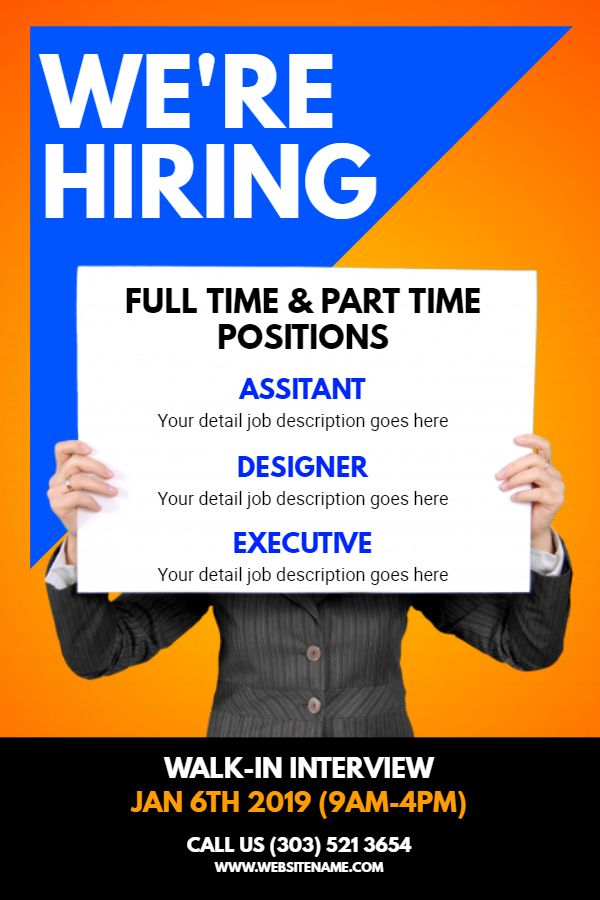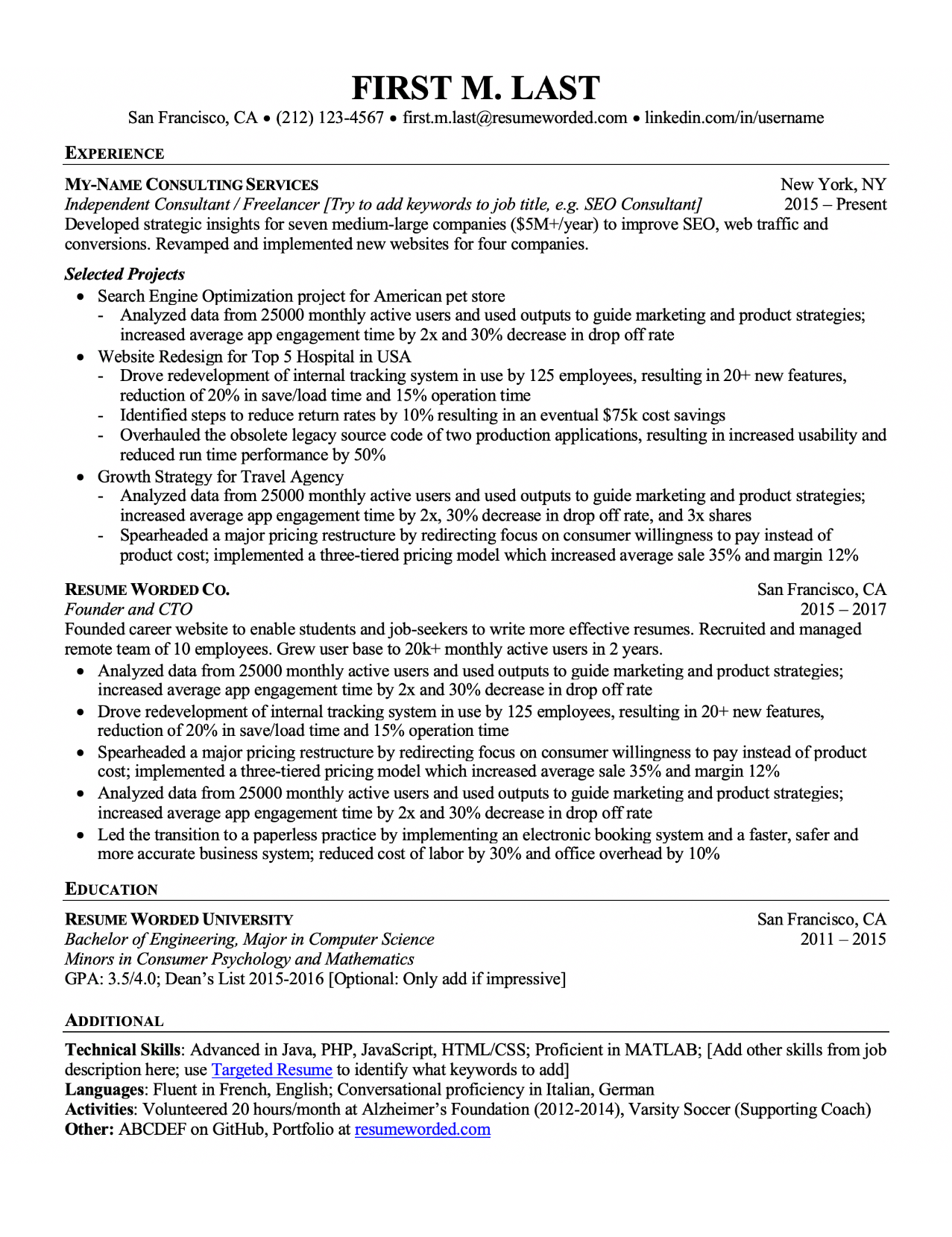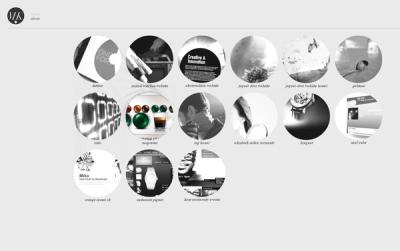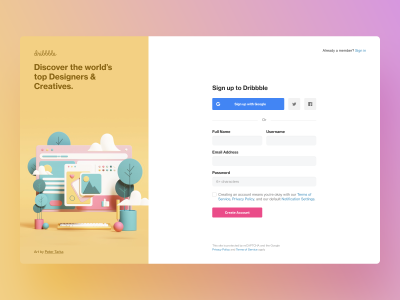Dribbble is a vibrant design community that connects creative professionals with potential employers. Whether you’re a seasoned designer or just starting, exploring Dribbble for job opportunities allows you to showcase your work, network with other designers, and find both full-time and part-time positions. This guide will help you navigate Dribbble effectively to enhance your job search and maximize your chances of landing your dream design role.
Understanding Dribbble as a Design Community

Dribbble serves as a platform where designers can share their portfolio pieces, ranging from graphics, web design, and branding to illustrations and UI/UX concepts. As a community, it fosters creativity and collaboration among designers, allowing them to receive feedback, be inspired, and build connections.
One of the most significant aspects of Dribbble is its exclusivity. Designers often have to be invited to join, ensuring a certain quality of work that attracts high-caliber clients and job opportunities. Within this community, designers can join forums, participate in discussions, and attend events, enriching their professional knowledge and network.
Finding job opportunities on Dribbble is straightforward; companies often post openings directly on the platform, seeking designers whose style matches their brand. Additionally, the platform provides features like “job boards” where listings are categorized into full-time, part-time, and freelance roles, making it easier for designers to filter according to their needs.
The Benefits of Using Dribbble for Job Searches

Utilizing Dribbble for job searches comes with numerous benefits. First, it serves as an extension of your portfolio, showcasing your best work to potential employers, allowing them to see not just your resume but your actual design style and skills.
Furthermore, Dribbble helps you to connect with a diverse range of companies, from startups to established brands. This exposure can lead to opportunities that may not be available through traditional job searches. Networking is another significant advantage, as engagement with other designers can lead to referrals and collaborative opportunities.
Moreover, the platform cultivates a sense of community; by being active and participating in comments and feedback, designers can enhance their visibility, making it easier for employers to reach out. As an additional benefit, Dribbble offers job alerts, ensuring you never miss a relevant opportunity.
3. How to Create an Impressive Dribbble Profile

Creating an eye-catching Dribbble profile is essential for attracting potential employers and clients. Your profile is your digital handshake—it introduces you and your work to the world. Here are some key components to focus on:
- Profile Picture: Use a clear, professional photo. This adds a personal touch and helps you appear more approachable.
- Bio: Craft a concise and engaging bio. Mention your specialization, years of experience, and any notable clients or projects. Consider using a touch of your personality to make it memorable!
- Portfolio Pieces: Showcase your best work. Select projects that highlight your skills and style. Aim for quality over quantity; it’s better to have a few exceptional pieces than a large collection of mediocre work.
- Consistency: Maintain a consistent design aesthetic across all your pieces. This not only makes your profile more visually appealing but also reinforces your personal brand.
- Client Testimonials: If applicable, include testimonials from previous clients. This social proof can significantly increase your credibility.
Lastly, keep your profile updated! As you gain more experience and complete new projects, refresh your portfolio to ensure it reflects your most recent work. Potential employers appreciate seeing growth and evolution in your design abilities.
4. Finding Full-Time Design Opportunities on Dribbble

Looking for full-time design roles on Dribbble? You’re in luck! The platform is more than just a showcase for designers; it’s also a great resource for job hunters. Here are some effective strategies to dive into:
- Explore the Job Board: Dribbble features a dedicated job board where companies post available positions. Regularly check for new listings—opportunities are continuously updated!
- Use Filters: The job board allows you to filter positions by job types, such as remote, freelance, or full-time. Use these filters to narrow down the results to fit your preferences.
- Connect with Employers: Engage with companies that interest you. Commenting on their posts or showcasing relevant work can help you get noticed in a positive light.
- Participate in Community Challenges: Dribbble often holds design challenges. Participating not only boosts your visibility but can also catch the attention of potential employers.
- Network: Join Dribbble’s community forums or groups. Networking can lead to insider job leads and valuable advice from other designers.
Remember, finding the right full-time position takes time and persistence. Keep your profile polished, engage with the community, and actively search the job board—you’ll improve your chances of landing that dream job in no time!
5. Exploring Part-Time Design Jobs on Dribbble
If you’re searching for part-time design opportunities, Dribbble is a fantastic platform to explore. It’s not just a showcase of talent but also a hotbed for job listings that cater specifically to designers looking for flexible work arrangements. Here’s how to make the most of your search:
- Utilize Job Filters: When browsing the job section on Dribbble, make sure to use the filters to narrow your search specifically for part-time positions. You can easily toggle options to only view relevant openings.
- Set Job Alerts: Create job alerts for part-time roles that match your skills. This way, you’ll be notified immediately when new opportunities are posted, ensuring you don’t miss out!
- Highlight Your Availability: When applying for jobs, make it clear in your profile or proposal that you’re looking for part-time work. Tailor your resume to emphasize your flexibility, which can be a significant advantage for employers seeking part-time help.
- Consider Freelance Gigs: Many part-time jobs on Dribbble are freelance roles. Be open to short-term projects, as they can lead to long-term relationships with clients who may eventually have recurring work.
Finally, keep in mind that part-time design work can offer valuable experience and connections in the industry. Whether you’re balancing studies, a full-time job, or personal projects, Dribbble is an excellent tool for finding roles that fit your schedule without compromising your design career ambitions.
6. Networking and Engaging with the Dribbble Community
Networking in the design community is crucial for both finding job opportunities and fostering professional growth. Dribbble provides a unique platform where you can connect with fellow designers globally. Here are some ways to engage effectively:
- Participate in Discussions: Don’t just scroll through posts; engage with them! Comment on fellow designers’ work and share constructive feedback. This not only builds relationships but also makes you more visible within the community.
- Join Groups and Meetups: Look for design groups on Dribbble and participate in any virtual meetups or webinars they host. These events can be fantastic for learning new skills and meeting potential collaborators.
- Showcase Your Work: Regularly updating your profile with your latest projects and designs helps attract potential clients or employers. Remember to include a diverse range of work that showcases your versatility.
- Share Your Knowledge: If you have expertise in a particular area of design, share your insights through posts or articles on Dribbble. This not only positions you as a knowledgeable member of the community but also helps you connect with others who share your interests.
Networking on Dribbble isn’t just about making connections for job opportunities; it’s also about building a community. Support others, share insights, and collaborate whenever possible. The relationships you develop can greatly enhance your career and provide myriad opportunities in the future.
7. Tips for Successful Applications and Interviews
Landing a design job, whether full-time or part-time, can feel daunting. But with the right approach, you can significantly enhance your chances of success. Here are some effective tips to guide you through the application and interview process:
- Tailor Your Portfolio: Your portfolio is your calling card. Customize it for each application, showcasing work that aligns with the specific role and company values. Highlight projects that demonstrate relevant skills.
- Craft a Strong Resume: Keep your resume concise and impactful. Use strong action verbs to describe your accomplishments and make sure it’s free from typos and grammatical errors.
- Research the Company: Before any interview, take the time to research the company’s mission, values, and recent projects. This knowledge will allow you to ask insightful questions and show your genuine interest.
- Practice Common Interview Questions: Prepare answers for common questions like, “Tell me about yourself,” or “Why do you want to work here?” Additionally, be ready to discuss your design process and how you handle feedback.
- Showcase Your Problem-Solving Skills: During interviews, share examples of challenges you’ve faced in past projects. Emphasize your approach to problem-solving and the impact of your solutions.
- Follow Up: After the interview, send a thank-you email to express your appreciation for the opportunity. Reiterate your interest in the position – it shows professionalism and enthusiasm.
Remember, each application is a chance to learn and improve. Don’t get discouraged if you face rejections; instead, view them as stepping stones toward your ideal design role.
8. Common Challenges in the Job Market for Designers
The job market for designers can be vibrant and full of opportunities, but it’s also fraught with various challenges. Here are some common hurdles that aspiring designers might face:
- High Competition: With the rise of design as a crucial element in many businesses, more designers are entering the job market. Standing out in a pool of highly qualified candidates can be tough.
- Changing Trends: Design trends evolve rapidly. What’s in demand today may not be tomorrow. Staying current with tools, technologies, and styles is essential but can be overwhelming.
- Project-Based Work: Many design roles are freelance or project-based. This can lead to inconsistent income and job security, making it challenging to plan long-term.
- Lack of Experience: Many entry-level positions require specific experience or a strong portfolio, which can be hard to build without initial opportunities. This creates a catch-22 situation for newcomers.
- Remote Work Dynamics: While remote opportunities are plentiful, they come with their challenges, such as managing communication across time zones or feelings of isolation.
Understanding these challenges can help you prepare better and adapt your approach. Resilience and adaptability are vital in overcoming these obstacles, so keep pushing forward in your design career!
9. Maximizing Your Visibility on Dribbble
In the competitive world of design, standing out on platforms like Dribbble is crucial. Your visibility can be the difference between landing your dream job or getting lost in the crowd. Here are some effective strategies to maximize your presence:
- Post Regularly: Consistency is key. Aim to share your work at least once a week. This keeps your profile active and engages your audience.
- Engage with the Community: Like and comment on other designers’ work. Building relationships with other users can lead to more visibility for your own portfolio.
- Optimize Your Profile: Make sure your profile is complete and polished. Use a professional profile picture, write a compelling bio, and include links to your personal website or portfolio.
- Use Tags Wisely: When uploading your work, utilize relevant tags. This will help your shots get discovered by the right audience.
- High-Quality Images: Showcase your work with high-resolution images. Consider creating mockups to present your designs in a more visually appealing way.
- Join Design Challenges: Participate in Dribbble’s design challenges to gain visibility. These events often attract a lot of attention and can get your work in front of new eyes.
By employing these tactics, you can significantly boost your profile’s visibility on Dribbble, helping you to connect with potential employers and collaborators more effectively.
10. Success Stories from Dribbble Users
Every designer loves a good success story, and Dribbble is full of them! Here are a few inspirational tales from users who leveraged Dribbble to kickstart their careers:
- Case Study 1: Jane Doe – UI/UX Designer
Jane posted her first design on Dribbble and caught the attention of a leading tech company. After a series of interviews that stemmed from her Dribbble exposure, she landed her dream job. Now, she credits Dribbble for helping her build a strong network of fellow designers. - Case Study 2: John Smith – Freelance Illustrator
After struggling to get noticed, John began sharing his vibrant illustrations on Dribbble. His unique style attracted a small agency that eventually hired him as a freelancer. John emphasizes the importance of engaging with others in the community and leveraging feedback to grow. - Case Study 3: Sarah Williams – Motion Graphics Designer
Sarah utilized Dribbble to showcase her motion graphics expertise. Her portfolio led to multiple clients reaching out for collaborative projects. She highlights how networking through comments and collaborations not only boosted her visibility but also her skillset.
These stories illustrate the potential Dribbble holds for aspiring designers. By being active and showcasing your unique talents, you too can create your success story!


